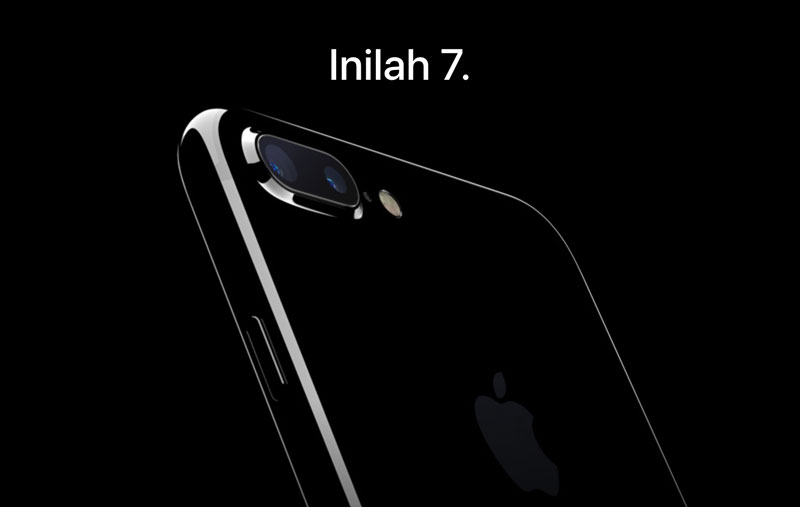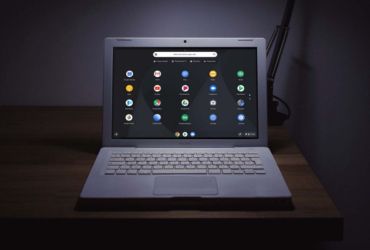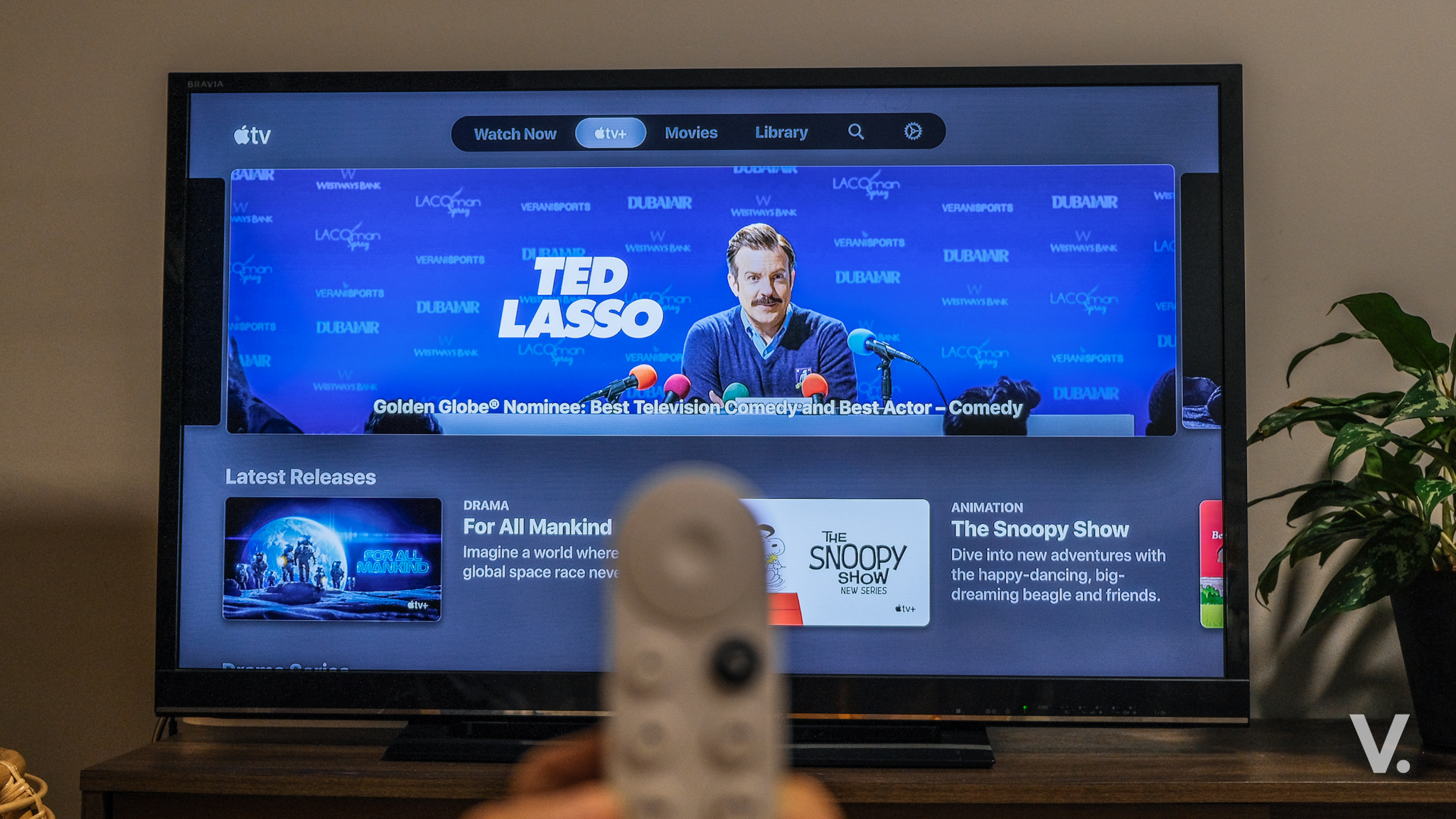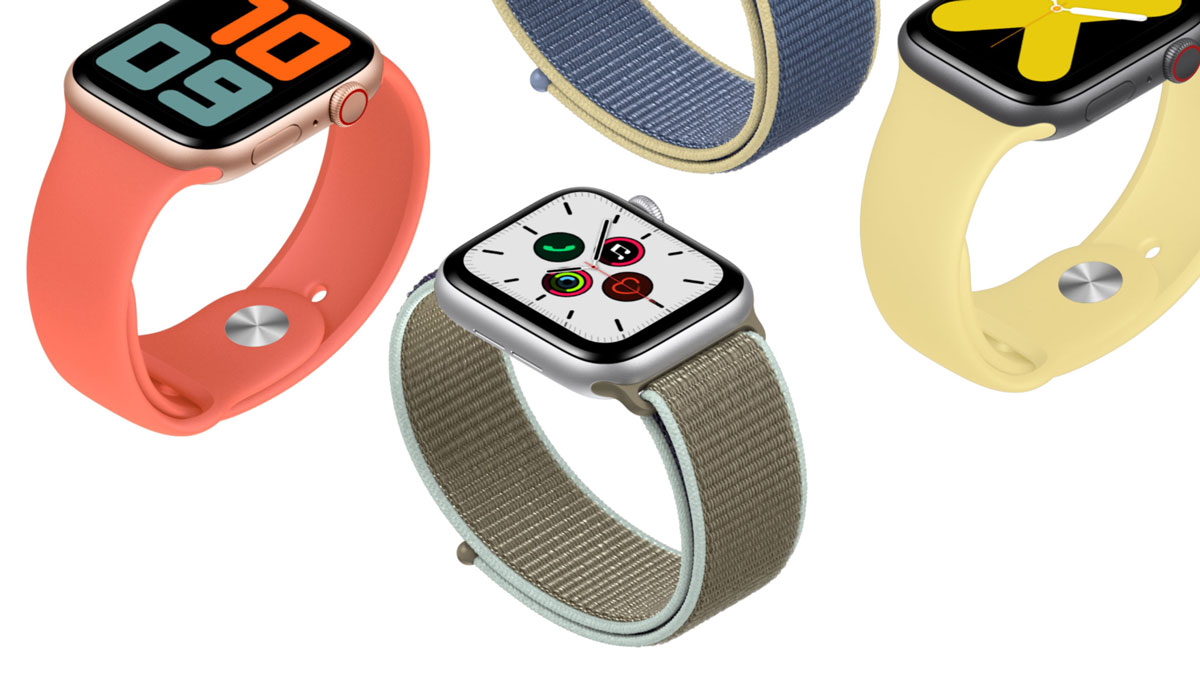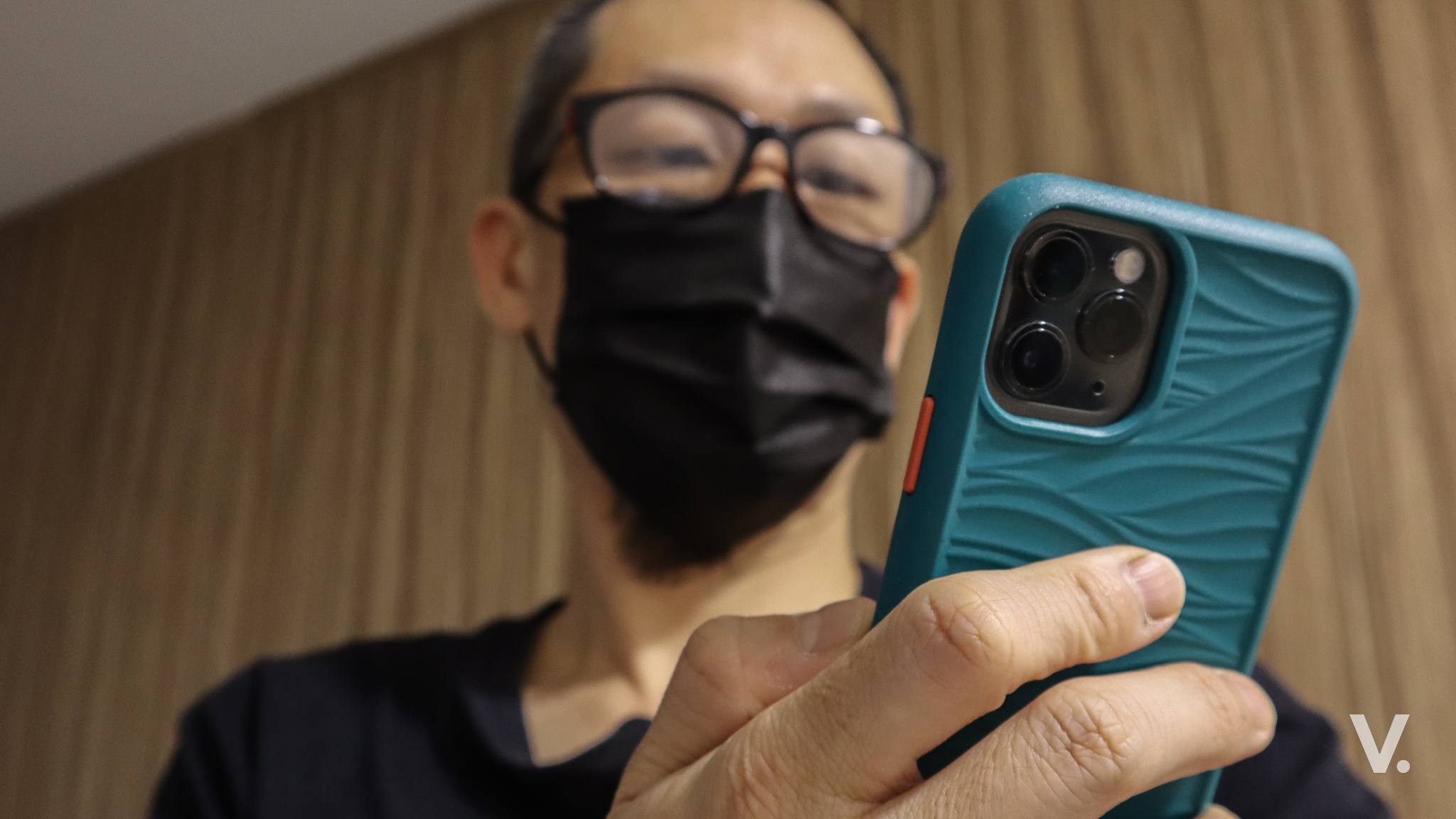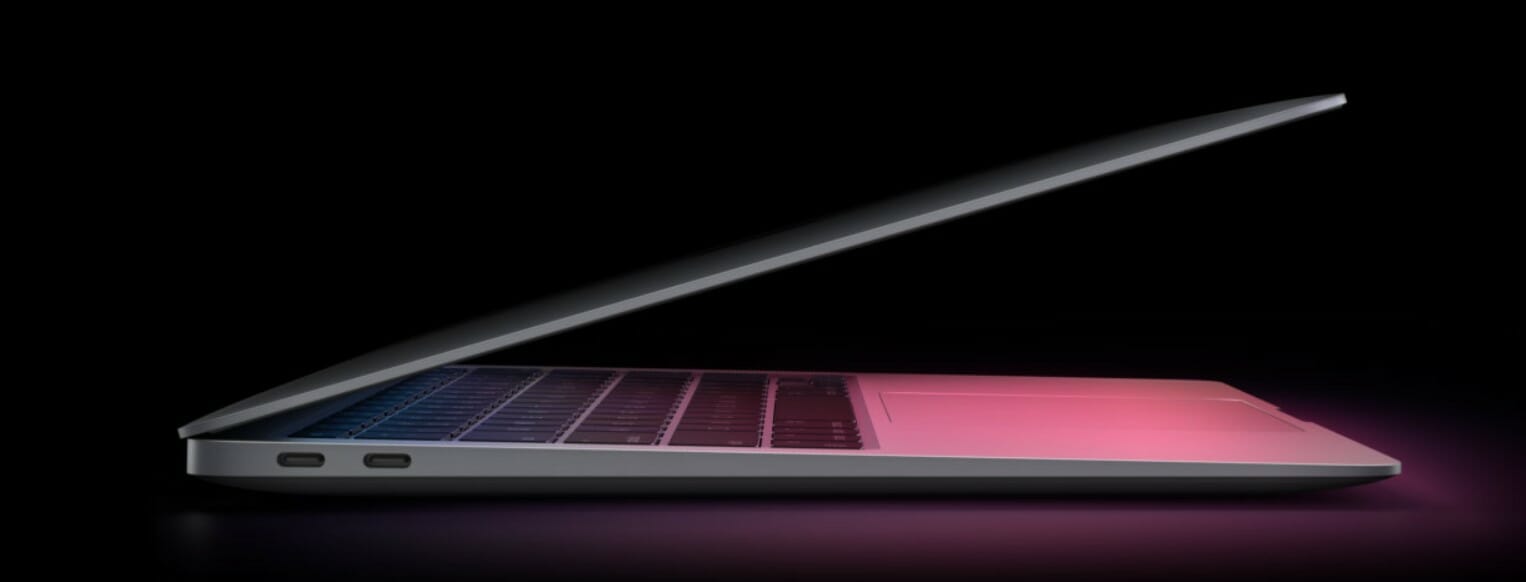Indonesian Apple fans can rejoice. After a hiatus with the iPhone 6s, Apple now has a green light to sell its iPhones in the largest smartphone market in Southeast Asia. iPhone 7 and iPhone 7 Plus sales began on 31 March 2017.
The Indonesian government requires manufacturers selling 4G phones to meet a 30% local content sourcing threshold. Unlike regulations in India though, Indonesia also counts software or monetary investments as ‘local sourcing.’
According to Mashable, when the regulations were first announced, some manufacturers responded negatively. China’s OnePlus pull out of the market completely.
Others, however, were quick to comply, including Samsung and Xiaomi.
The policy seems to be working to drive foreign investment – 65% of smartphones sold in Indonesia are now manufactured domestically.
Apple is investing USD44 million in three Indonesian R&D facilities in Indonesia. The first R&D centre, located at Green Office Park in BSD City, Tangerang, is expected to begin operations in the second quarter. Two more facilities in Java will be set up, and Apple’s investment will continue through 2018.
The centre will provide developers the tools necessary to build and market apps on the iOS App Store. It will also develop educational programs for 300 and 400 local students.
For Apple, it’s a small price to pay for an important market. The country is expected to be the fourth largest in the world by 2020, with over USD1 billion in sales.
Indonesia is projected to have 92 million smartphone users by 2019.
Source: Mashable, Appleinsider


